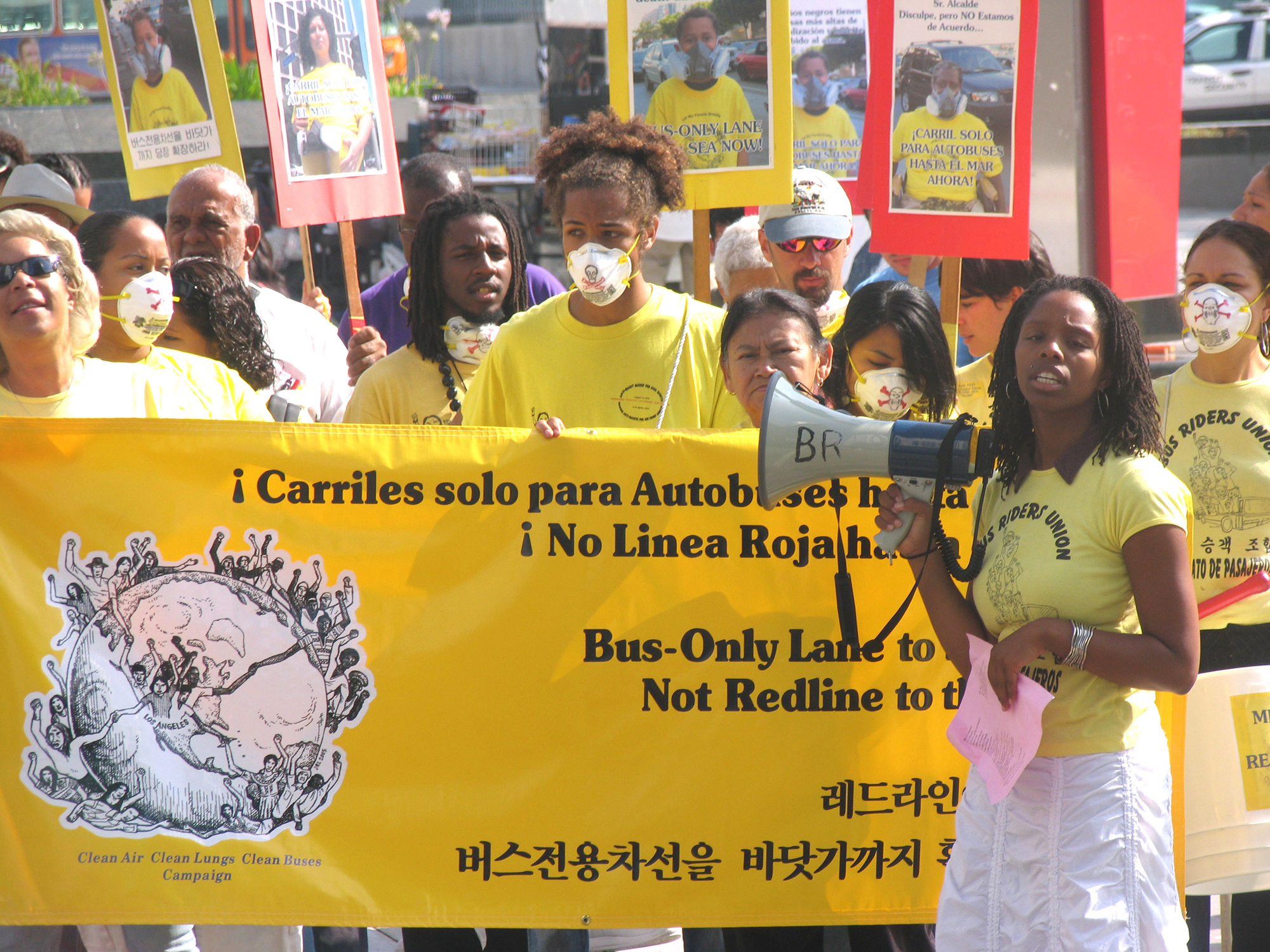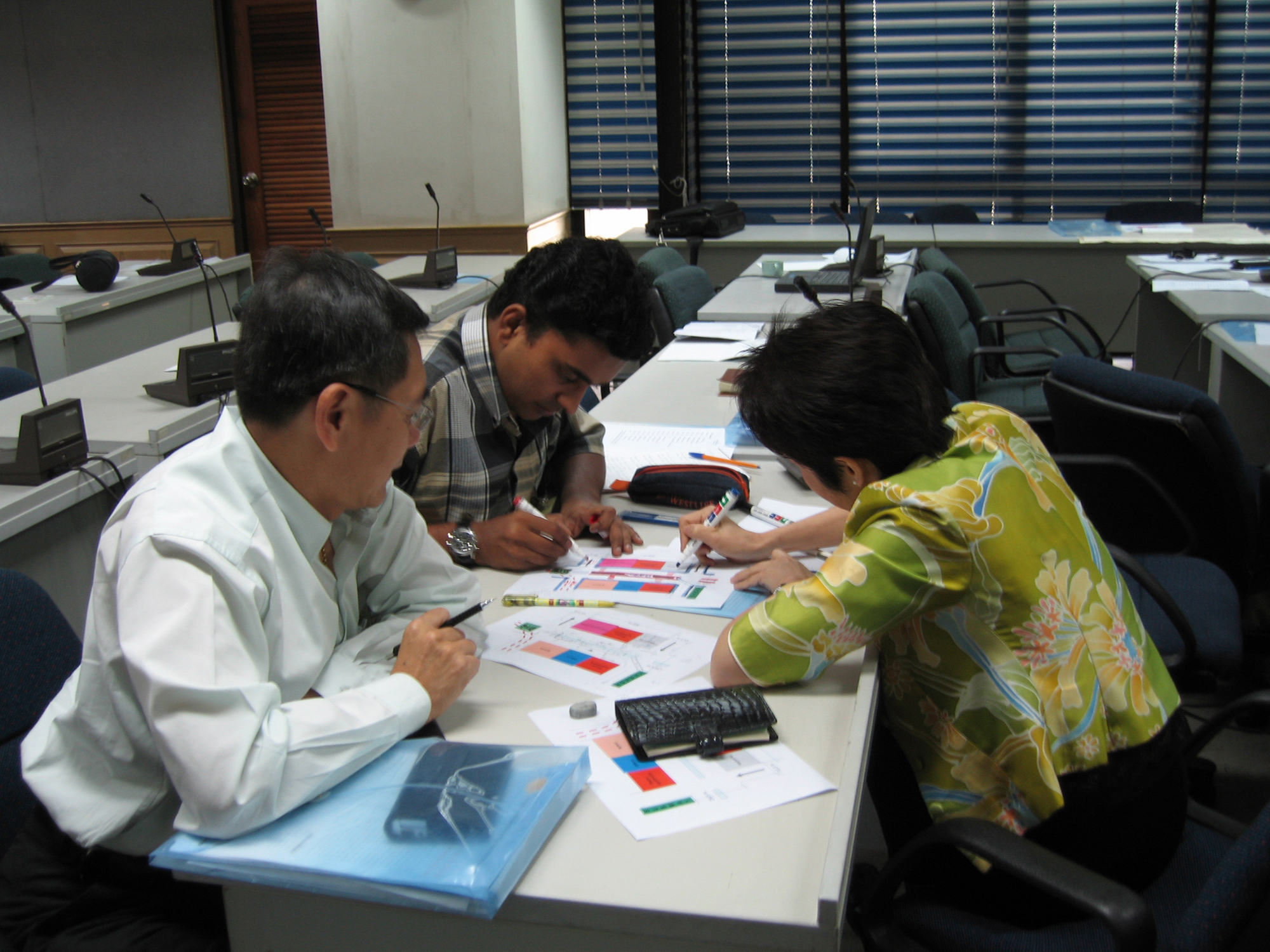1.1Project Catalyst
To accomplish great things, we must not only act but also dream. Not only plan but also believe.Anatole France, writer, 1844–1924
Before a customer boards a new system, before a new line is constructed, and before a plan is developed, a person or a group of people must decide that action is required to improve a city’s public transport system. The inspiration may come from a private-sector operator, a civil servant, a political official, a civic organization, or even just a concerned citizen. Nevertheless, without someone acting as a catalyst, a city’s public transport potential will likely go unrealized.
The inspiration for a new public transport vision may stem from reading about alternatives, seeing a photo, visiting other cities, or a person’s simply asking “what if?” In many cases, the catalyst may unfortunately originate from the dire conditions of public transport in much of the world today. When poor customer service, extreme levels of discomfort and insecurity, and official neglect characterize public transport conditions, the issue can become a principal topic of public discourse. In too many cases, corrective actions are only undertaken once conditions become truly unbearable.
Because most top officials do not generally utilize public transport, improving the poor conditions of many systems is often not part of the political agenda. Instead, the impetus may fall on public transport customers and citizen groups who are closer to the day-to-day realities. In some instances, public transport customers have formed their own organizations to demand improved conditions. In Los Angeles, the Bus Riders Union has successfully launched several campaigns to convince decision makers to expand bus-priority lanes, as well as to modernize the vehicle fleet (Figure 1.2). In Bogotá, Colombia, “user leagues” of various types have been created by citizens in recent years to constructively criticize their BRT and its operations, and in many cases this has resulted in improvements to the system.

In other instances, environmental organizations have led the charge due to the unsustainable nature of existing conditions, especially when private-vehicle usage begins to overwhelm a city’s streets and greatly harm the area’s air quality. Often an engaged civic vanguard can advocate for innovative ideas, provide examples of new solutions, and build a constituency for risky change, as is discussed in the study The People’s History of Recent Urban Transportation from TransitCenter, a foundation that sparks innovations and supports policies that improve public transportation for riders, businesses, and communities. The report argues that a strong civil sector is critical in directing public support for new projects and innovative ideas and that helps build support from the political leadership—helping mitigate the risks from change.
In a similar manner, groups concerned with deteriorating urban conditions, such as physicians, air-quality professionals, tourism specialists, and police, may also play a role in propagating the need for change. Additionally, university researchers and staff can provide the technical evidence of the costs of existing conditions, as well as be sources of new ideas. In Delhi, India, staff from the Indian Institute of Technology were instrumental in the implementation of the city’s new BRT system. CEPT University in Ahmedabad, India, was a main player in planning the Janmarg system.
Likewise, poor conditions for drivers, conductors, and transport owners may stimulate a search for a better model. In many instances in lower-income countries, the private-sector interests delivering public transport services in cities struggle to make a living. Through awareness of successful models in cities such as Bogotá, Colombia and Curitiba, Brazil, private operators can see that forming an integrated network and providing a higher level of service can indeed lead to greater profit. Thus, the private sector may well provide the inspiration for change. Luckily, this same phenomenon has started to happen with many other transport operators in cities where BRT systems have been implemented, creating a greater consolidation of a professionalized transport operation in these cities.
The news media may also play a prominent role in raising awareness of existing conditions. Articles, images, and films of poor-performing public transport services can help coalesce public opinion around the need for change. Further, articles and video on successes in other cities may stimulate many to ask why the same could not be done in their own city. The recent surge of BRT systems has also helped in providing the media with examples to make the case for BRT in cities where public transport conditions are poor.
Finally, international organizations can play a vital role in facilitating information sharing between projects, as well as providing direct financial and technical assistance to cities. Such organizations can help share experiences, raise awareness among local groups, and build the local capacity for a new project to take hold. International nongovernmental organizations such as the Institute for Transportation and Development Policy (ITDP), the WRI Ross Center for Sustainable Cities—the EMBARQ transportation program, GiZ, and the Energy Foundation have been instrumental in providing cities with both the inspiration for change and the tools to achieve it.

The international private sector is also now playing an increased role in raising awareness of public transport options. For example, Volvo partners with municipalities in places such as India to build the capacity for options such as BRT, and Mercedes-Benz has created a full initiative of BRT information and promotion. While private firms clearly have their own commercial incentives for favoring one technology over another, these firms can help put forward ideas within the context of a competitive marketplace.
Bilateral and multilateral agencies such as the Asian Development Bank, the World Bank, the Inter-American Development Bank, the Swedish International Development Agency (SIDA), and the United States Agency for International Development (USAID) have all helped facilitate public transport initiatives.
International funding organizations, such as the Global Environment Facility (GEF) and the Hewlett Foundation, are likewise key catalysts in this process. Further, international financing organizations, such as the World Bank and regional development banks, not only help financially support projects, but also often work to raise awareness and provide supportive guidance.
Additionally, international organizations, such as the Clean Air Initiative (CAI), the United Nations Centre for Regional Development (UNCRD), the United Nations Human Settlements Programme (UN-Habitat), the United Nations Development Programme (UNDP), and the United Nations Environment Programme (UNEP), have also provided assistance to cities on sustainable transport issues. Municipalities thus have a plethora of international resources at their disposal to undertake a public transport improvement initiative. In many cases, it is merely a matter of contacting the right individuals to make such cooperation available.
Finally, climate-related initiatives, such as the German International Climate Initiative and others, have created specific funds to improve the likelihood of successful projects. Climate funding in general has become a suitable means to provide support to bus rapid transit implementation.
From the concerned individual to a local civic organization, to universities, the news media, and international groups, a range of parties can spark change toward improved urban transport. Any city can take advantage of these linkages to catalyze change. However, to date, most cities have not taken such a transformative step. While the gulf between problem recognition and construction of a modern public transport system seems quite daunting, this chasm can be overcome with the array of resources now available to cities. Very often, just one individual can provide the initial spark.